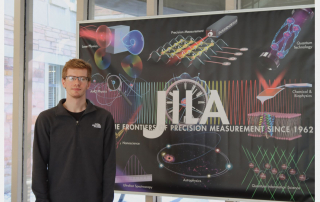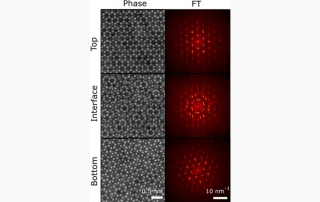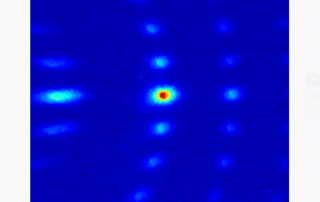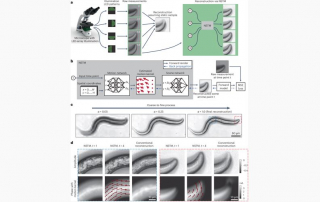Congratulations to Franklin Dollar for Receiving the Presidential Early Career Award for Scientists and Engineers (PECASE)
Today, President Biden awarded nearly 400 scientists and engineers the Presidential Early Career Award for Scientists and Engineers (PECASE), the highest honor bestowed by the U.S. government on outstanding scientists and engineers early in their careers.
Established by President Clinton in 1996, PECASE recognizes scientists and engineers who show exceptional potential for leadership early in their research careers. The award recognizes innovative and far-reaching developments in science and technology, expands awareness of careers in science and engineering, recognizes the scientific missions of participating agencies, enhances connections between research and impacts on society, and highlights the importance of science and technology for our nation’s future.
From Day One of his Administration, President Biden has recognized the important role that science and technology plays in creating a better society. He made historic progress, increasing federally funded research and development and deploying past research and development at an unprecedented scale through the Bipartisan Infrastructure Law, the Inflation Reduction Act, and the CHIPS and Science Act.
This year’s awardees are employed or funded by 14 participating agencies within the Departments of Agriculture, Commerce, Defense, Education, Energy, Health and Human Services, Interior, Transportation, and Veterans Affairs and the Environmental Protection Agency, the intelligence community, the National Aeronautics and Space Administration, the National Science Foundation, and the Smithsonian Institution.




